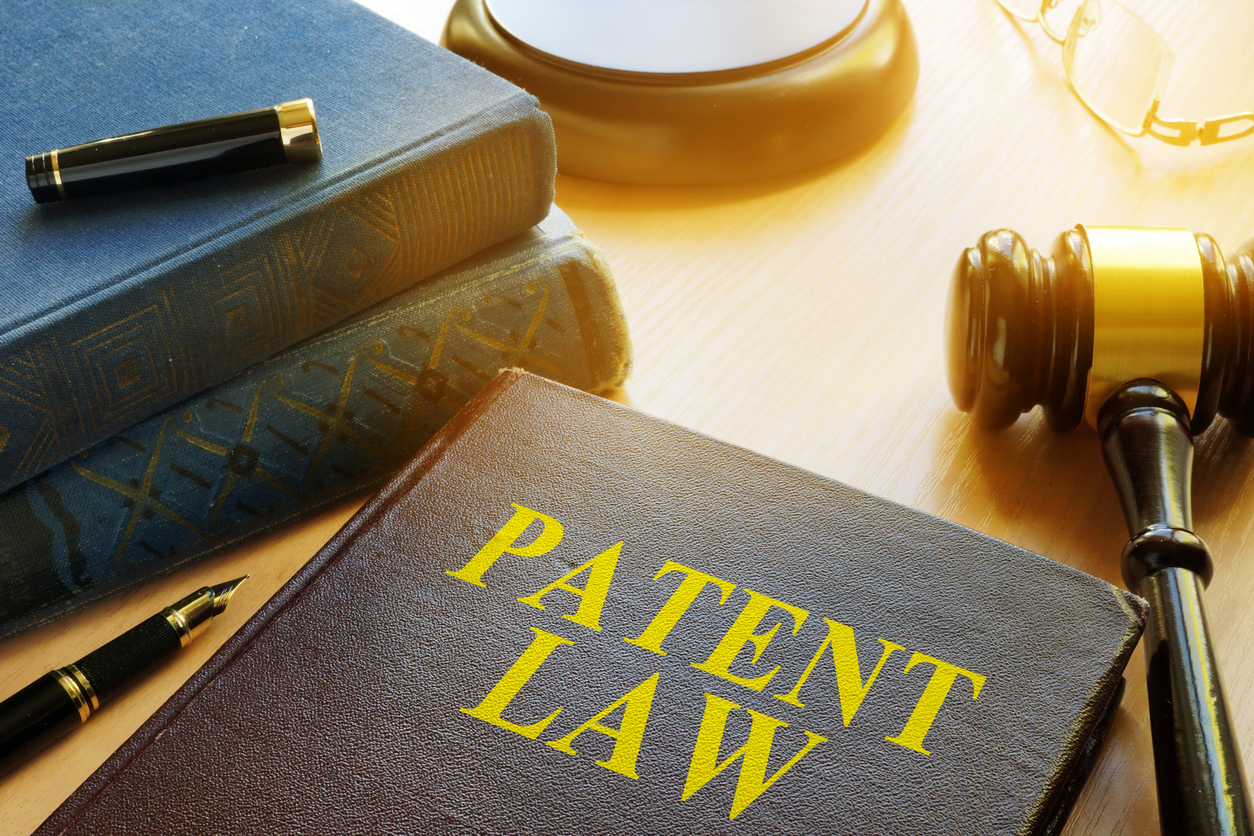Client Alerts
Court of Appeals for the Federal Circuit Overturns Decades of Precedent for Assessing Obviousness of Design Patents
May 2024

Client Alerts
Court of Appeals for the Federal Circuit Overturns Decades of Precedent for Assessing Obviousness of Design Patents
May 2024
On May 21, 2024, in LKQ Corp. v. GM Glob. Tech. Operations LLC, the complete panel of the Court of Appeals for the Federal Circuit overturned decades of precedent for how obviousness is assessed in connection with U.S. design patent applications. It is unclear if this matter will be appealed to the U.S. Supreme Court or, if appealed, whether the Supreme Court will take the case.
The decision has the potential to increase the exposure of more than 400,000 issued and unexpired design patents to invalidation and to make it more difficult to obtain allowance for pending design applications.
The overturned approach, known as the Rosen–Durling test, requires that “one must find a single reference, ‘a something in existence, the design characteristics of which are basically the same as the claimed design.'” This greatly limits the starting reference that an examiner or design patent challenger can use to attack a design for being obvious. Next, “[o]nce this primary reference is found, other references may be used to modify it to create a design that has the same overall visual appearance as the claimed design.” If this can be done, the design would be obvious, but any secondary reference(s) must be “so related [to the primary reference] that the appearance of certain ornamental features in one would suggest the application of those features to the other.”
The Federal Circuit explained that the Rosen–Durling test is overly rigid and is not compliant with the U.S. Supreme Court decision in KSR Int’l Co. v. Teleflex Inc., 550 U.S. 398 (2007), which is a decision that demands a flexible approach when assessing obviousness in utility patent applications. Because the Patent Act covers both utility patent applications and design patent applications, the Federal Circuit decided that the KSR decision is also applicable to designs.
As a result of the decision in LKQ, the Federal Circuit now imposes what is known as the Graham test to obviousness assessments in design matters. The Graham test has been applied in utility matters for a very long time. Graham “set(s) forth an expansive and flexible approach.” Under Graham, the U.S Supreme Court has reasoned that while factfinders should guard against hindsight, “[r]igid preventative rules that deny factfinders recourse to common sense” are improper. Thus, a person of ordinary skill in the art could find a motivation to combine prior art references in multiple ways. For example, in the context of utility patents, design incentives and market forces could be a reason to apply teachings from one field into another such that a patent claim might be proved obvious with a showing that it would have been “obvious to try” a “finite number of identified, predictable solutions” to a problem where there is “a design need or market pressure to solve.”
The person of ordinary skill in the art for designs is one that designs products of the type at issue; however, uncertainty arises due to the fact that the question of solving a problem does not readily apply in designs because design patents always relate to the ornamental appearance of an article rather than the functionality of the article as in utility patents. Also, in many circumstances, there might not be a reasonable number of identified, predictable solutions to try. That is, for at least some designs, there may be many more design features that could be applied to an article. As such, we hope that design examiners will not employ an obvious-to-try rationale with regularity. If they do, many commentators fear that a rudderless, free-for-all approach will ensue, thus increasing confusion and disrupting settled expectations regarding the patentability of designs.
35 U.S.C. § 103 guides the test for obviousness and sets forth an expansive and flexible approach for assessing obviousness, which involves assessing the “differences between the claimed invention and the prior art” and whether those differences are such that the invention as a whole would have been obvious to a person of ordinary skill in the field to which the claimed design pertains. The requirement to assess the design as a whole will guard against piecemeal rejections of designs where an examiner borrows one feature from one reference and another feature from another reference to create a “Frankenstein” combination of references to recreate the claimed article.
Turning to the substance of the Graham test, there are four factors in the analysis. First, the fact finder should consider the “scope and content of the prior art” within the knowledge of an ordinary designer in the field of the design. An analogous art requirement applies to each reference. The Federal Circuit states that “[t]he analogous art requirement reins in the scope of prior art and serves to guard against hindsight” and “analogous art for a design patent includes art from the same field of endeavor as the article of manufacture of the claimed design.” The question of whether a reference qualifies as being analogous is a question of fact for the examiner or other fact finder, but must be from “designs of the same article of manufacture or of articles sufficiently similar that a person of ordinary skill would look to such articles for their designs.” The more visually similar the primary reference design is to the claimed design, the better positioned the patent challenger will be to prove its obviousness case.
The second Graham factor is determining the differences between the prior art designs and the design claim at issue. Here we ask if “one of ordinary skill would have combined teachings of the prior art to create the same overall visual appearance as the claimed design.”
The third Graham factor is to resolve “the level of ordinary skill in the pertinent art.” For designs, this will be a fictitious person who is “the designer of ordinary capability who designs articles of the type presented in the application.”
Next, the obviousness or nonobviousness of the claimed design is evaluated. In this step, the Federal Circuit has “previously described this inquiry as whether an ordinary designer in the field to which the claimed design pertains would have been motivated to modify the prior art design ‘to create the same overall visual appearance as the claimed design.'” The assessment focuses on the visual impression of the claimed design as a whole—not on selected individual features.
Importantly, “there must be some record-supported reason (without hindsight) that an ordinary designer in the field of the article of manufacture would have modified the primary reference with the feature(s) from the secondary reference(s) to create the same overall appearance as the claimed design.” Considerations that may be applied include, but are probably not limited to, the skilled designer’s experience and creativity, as well as existing market demands and industry customs in the relevant field and, commonplace ornamental features in the relevant field. The Federal Circuit noted that “[o]f course, it follows that the more different the overall appearances of the primary reference versus the secondary reference(s), the more work a patent challenger will likely need to do to establish a motivation to alter the primary prior art design in light of the secondary one and demonstrate obviousness without the aid of hindsight.”
While there still remains a framework for assessing obviousness, we will need to see how the new approach is applied by examiners and the courts. We expect more obviousness rejections to be raised in design applications. Unfortunately, in those cases, this will increase the cost of prosecution and delay the process.
On the other hand, all of the attorneys at Tucker Ellis that handle designs are highly experienced in handling utility patents and are very familiar with the Graham approach to assessing obviousness. We are prepared to address obviousness rejections as they arise and to help evaluate designs before filing in the U.S.
Please contact us if you have any questions or would like to hear more about this topic.
ADDITIONAL INFORMATION
For more information, please contact:
- M. David Galin | 216.696.4136 | david.galin@tuckerellis.com
- Ross M. Kowalski | 216.696.2840 | ross.kowalski@tuckerellis.com
- Nathan C. Lovette | 216.696.2032 | nathan.lovette@tuckerellis.com
- Carlos P. Garritano | 216.696.5364 | carlos.garritano@tuckerellis.com
This Client Alert has been prepared by Tucker Ellis LLP for the use of our clients. Although prepared by professionals, it should not be used as a substitute for legal counseling in specific situations. Readers should not act upon the information contained herein without professional guidance.



